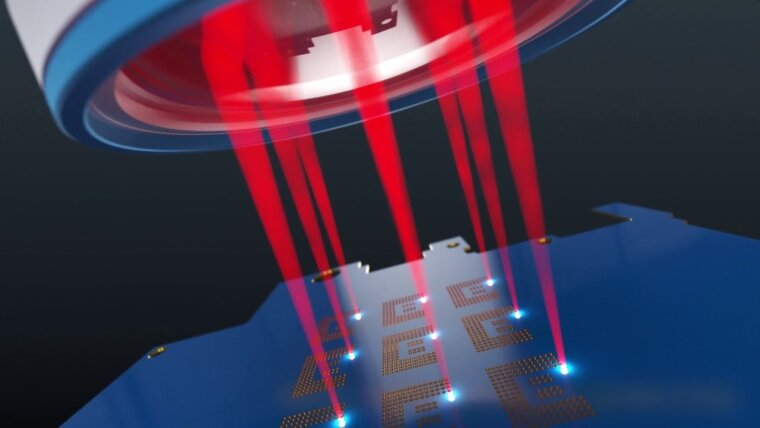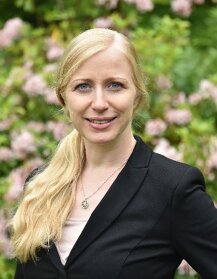
A strong cornerstone of NOA is formed by its compelling research infrastructure concerning nanostructure technologies. These state-of-the-art technologies and facilities will, just as during the first funding phase, be available for all experimental research projects of the CRC within the framework of a service project Z3|Staude/Tünnermann.
The different projects of NOA require comparably large numbers and also a large variety of dedicated and tailored nanostructured materials, surfaces, and samples. The in-depth characterization of the structural, electronic, and optical properties of them is indispensable for all projects within NOA, also in order to provide essential input for cross-validation of the theoretical predictions. During the second funding phase of NOA, it is planned that the realization of the different nanomaterials, -surfaces, and -samples will primarily be performed by the doctoral researchers working in the individual experimental projects. However, as this task is imposing a demanding technology requiring experienced operators, this work shall be supported by the involvement of experienced staff in professional, clean-room-style nanofabrication facilities.
Z3|Staude/Tünnermann will address this issue. PI Tünnermann, in his capacity as director of the Institute of Applied Physics as well as of the Fraunhofer IOF Jena will have full control of all the resources of the advanced nanofabrication technology, as it already served NOA very efficiently during the first funding phase. This includes in particular the electron beam lithography processes for high throughput and potentially very large substrates with all necessary research infrastructure, technologies, technical staff and competences. As a complementary asset, PI Staude has set up a new electron beam lithography system financed in 2022 by the DFG. This tool and the adjacent nanofabrication standards are comparably smaller, but are easier to approach also for doctoral researchers and lend themselves for the quick fabrication and optimization of samples during the explorative experimental phase.

